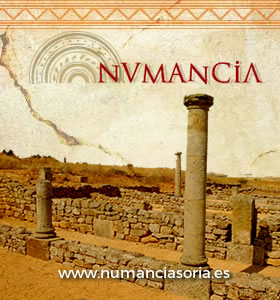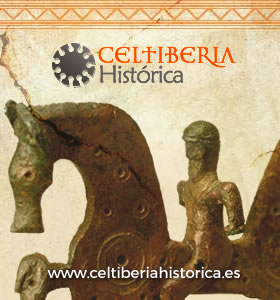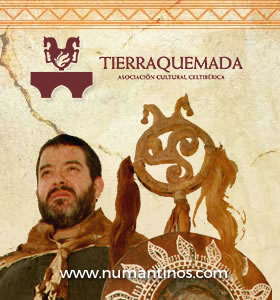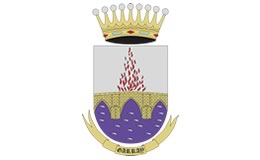Soria province occupies an important part of the territory of the Historical Celtiberia. In this area you can follow the evolution of this culture, from the Castros (VI-IV century BC), first stable settlements, small in size, located in strategic places and heavily defended, they occupy mostly , The mountainous north to the emergence of cities from the third century BC
The existence of cities breed is evident through the narratives provided by Roman historians of the conquest of Celtiberia. Roman control of the Upper Douro begins with the Cel War (153-133 BC), which will have a prominent role Arévacos cities, especially Numancia, which in the words of Appian, was the most powerful of the Celts, which led the resistance, along with Uxama and Termes, over twenty years, ending with the siege of Publius Cornelius Scipio Aemilianus around Numancia, in 133 BC
Further Celtiberia
Thu While there is disagreement among historians of antiquity can be inferred from their news, referring to the second and first centuries BC, which gives the name of the territory Celtiberia located in the mountainous ridge which fit the Iberian and Central mountain ranges and surrounding areas, which divides down the river Tagus, Ebro and Duero, ie the eastern part of the North Plateau the right side of the middle basin of the Ebro
However, unlike the Celtiberia Citerior, higher agricultural potential and basic wealth, more open to outside influences mainly from the Iberian Mediterranean, corresponding to beautiful, and Luson titted and Celtiberia Further, limited to the Alto Douro, with limits on the boundary of Duero and Jalon, predominantly cattle and more marginalized from the economic focus and key roads, attributed to Arevaci and pelendones.







 Los Castros
Los Castros  Cel cities
Cel cities  Castle Cel
Castle Cel 





